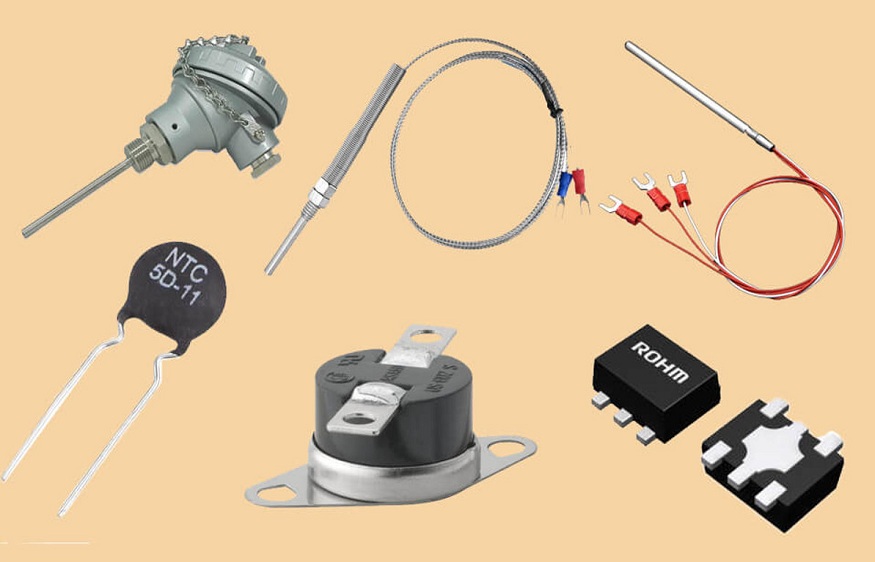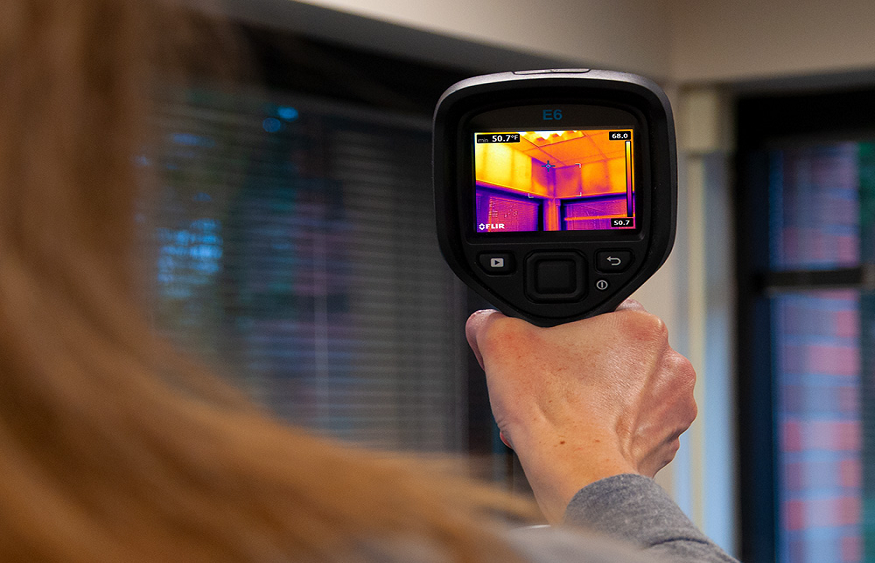The field of temperature and thermal measurement has seen significant advancements in recent years, enabling industries to enhance their processes and products. Among the various technologies available, thermopile detectors and sensors have emerged as highly reliable and versatile solutions. These devices are revolutionizing temperature measurement across various applications, from industrial processes to consumer electronics.
Understanding Thermopile Detectors and Sensors
At the heart of thermopile detectors and sensors lies the thermopile itself. A thermopile is an apparatus that transforms thermal energy into electrical energy. It consists of multiple thermocouples connected in series or parallel. Each thermocouple comprises two dissimilar metals, creating a temperature gradient across their junctions. This temperature difference generates a small Seebeck voltage proportional to the temperature difference.
Working Principle of Thermopile Detectors and Sensors
Thermopile detectors and sensors operate on the principle of the Seebeck effect. When exposed to thermal radiation or a temperature gradient, the temperature-sensitive materials within the device generate a voltage proportional to the temperature difference. This voltage can then be measured and used to accurately determine the temperature.
Applications of Thermopile Detectors and Sensors
- Temperature Measurement and Control: Thermopile detectors and sensors are widely used in industrial and scientific settings for temperature measurement and control. Their high sensitivity and broad spectral response make them ideal for applications such as HVAC systems, process control, and laboratory experiments.
- Non-Contact Infrared Thermometry: Thermopile detectors and sensors excel in non-contact temperature measurement applications, enabling precise and fast readings without physical contact. They find applications in medical devices, automotive, aerospace, and home appliances, where accurate temperature monitoring is critical.
- Gas Analysis: Thermopile detectors and sensors are utilized in gas analysis systems to measure and monitor various gases’ concentrations. These devices provide reliable and rapid measurements, making them valuable in environmental monitoring, industrial safety, and combustion control.
- Flame Detection: Thermopile detectors are essential components in flame detection systems, providing early detection and reliable monitoring of fires. Their ability to detect heat radiation allows for the prompt activation of fire suppression systems, ensuring timely response and increased safety.
- Energy Harvesting: The conversion of thermal energy into electrical energy by thermopiles has opened up new possibilities for energy harvesting. Thermopiles can capture waste heat in various applications and convert it into usable electrical power, enhancing energy efficiency and sustainability.
- Consumer Electronics: Thermopile detectors and sensors are integrated into numerous consumer electronic devices. They enable touchless interfaces, proximity sensing, and ambient light detection in smartphones, tablets, and home automation systems, enhancing user experience and convenience.
- Automotive: In the automotive industry, thermopile detectors and sensors are crucial in climate control systems, occupancy detection, and automatic headlights. They contribute to comfort, safety, and energy efficiency in modern vehicles.
Empowering Innovation and Progress
Thermopile detectors and sensors have become indispensable tools in various industries, facilitating precise temperature measurement, efficient energy usage, and improved safety. Their versatility and reliability continue to drive innovation and progress in numerous fields. As technology advances, we can expect further refinements and advancements in thermopile technology, expanding its applications and benefits.
In conclusion, thermopile detectors and sensors offer unparalleled capabilities in temperature measurement, gas analysis, flame detection, energy harvesting, and consumer electronics. Their ability to convert thermal energy into electrical energy has revolutionized various industries, enabling enhanced performance, increased efficiency, and improved safety. As the demand for precise measurement and control continues to grow, thermopile technology will undoubtedly play a pivotal role in shaping the future of temperature sensing and beyond.
As research and development in thermopile technology continue to progress, we can anticipate exciting advancements. Innovations such as miniaturization, improved sensitivity, and expanded spectral response are expected to further enhance the capabilities of thermopile detectors and sensors. These developments will open up new possibilities in medical diagnostics, intelligent buildings, renewable energy systems, and more. With their unique ability to harness thermal energy and convert it into electrical power, thermopile detectors, and sensors are poised to play an increasingly vital role in shaping our future technological landscape.
So, whether optimizing industrial processes, improving energy efficiency, or enhancing user experiences, thermopile detectors and sensors pave the way for a more accurate and connected world.





